Ingredients and Composition:
The five types of lentils commonly used in Pancharatna Dal are:
1. Toor Dal (Pigeon Pea)
2. Chana Dal (Split Bengal Gram)
3. Moong Dal (Split Green Gram)
4. Urad Dal (Split Black Gram)
5. Masoor Dal (Red Lentils)
Nutritional Profile:
• Protein: High in protein, making it an excellent source of plant-based protein.
• Fiber: Rich in dietary fiber, which aids in digestion and promotes gut health.
• Vitamins and Minerals: Contains essential vitamins such as B vitamins, and minerals like iron, magnesium, potassium, and zinc.
• Low in Fat: Generally low in fat, especially if cooked with minimal oil.
Health Benefits:
• Balanced Nutrition: Combining five different lentils provides a wide range of nutrients and amino acids, offering balanced nutrition.
• Digestive Health: High fiber content helps in maintaining digestive health and preventing constipation.
• Heart Health: The presence of potassium and magnesium supports heart health by regulating blood pressure.
• Blood Sugar Control: The complex carbohydrates and fiber help in stabilizing blood sugar levels.
• Weight Management: High protein and fiber content promote satiety, aiding in weight management.
Cooking Uses:
• Dal Curry: Pancharatna Dal is typically cooked as a thick, creamy curry with a blend of spices and aromatics.
• Accompaniment: Often served with rice, roti, or naan, and can be a part of a larger Indian meal.
• Festive Dish: Frequently prepared during festivals, special occasions, and communal gatherings.
Preparation Tips:
• Soaking: Soak the lentils for at least 30 minutes to an hour to reduce cooking time and improve digestibility.
• Cooking: Cook the lentils until they are soft and then temper with a mix of spices such as cumin, coriander, turmeric, and asafoetida, along with aromatics like onions, garlic, and ginger.
• Spices: The tempering (tadka) is typically done in ghee or oil and poured over the cooked dal to enhance flavor.
• Consistency: Adjust the consistency by adding water to achieve the desired thickness.
Popular Recipes:
• Pancharatna Dal Tadka: A classic preparation where the cooked mixed dal is tempered with spices, onions, tomatoes, garlic, and ginger.
• Pancharatna Dal Fry: A thicker, spicier version where the dal is fried with additional spices and served as a main dish.
Storage:
• Dry Lentils: Store the dry lentils separately in airtight containers in a cool, dry place.
• Cooked Dal: Store cooked Pancharatna Dal in the refrigerator for 3-4 days. It can also be frozen for longer storage.

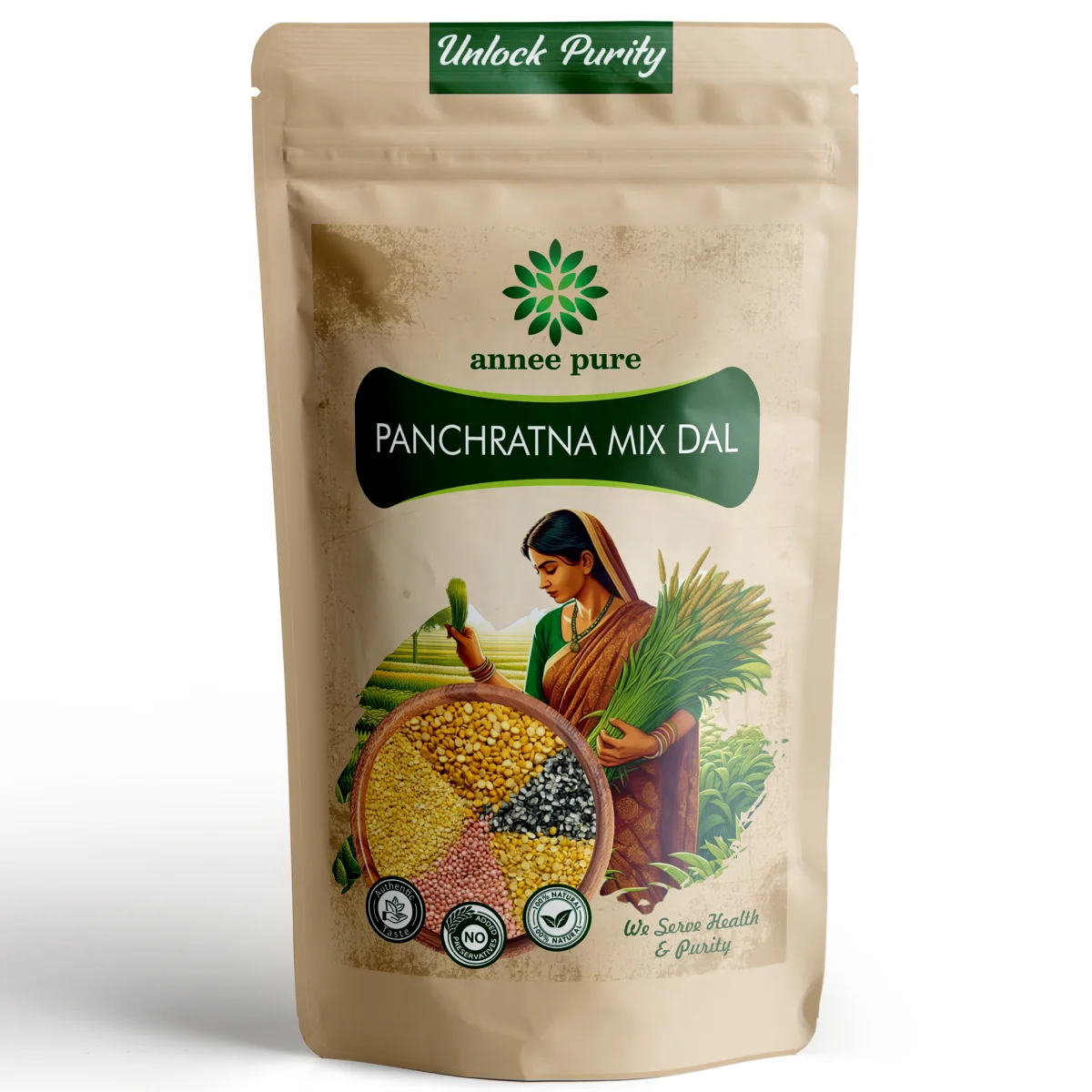




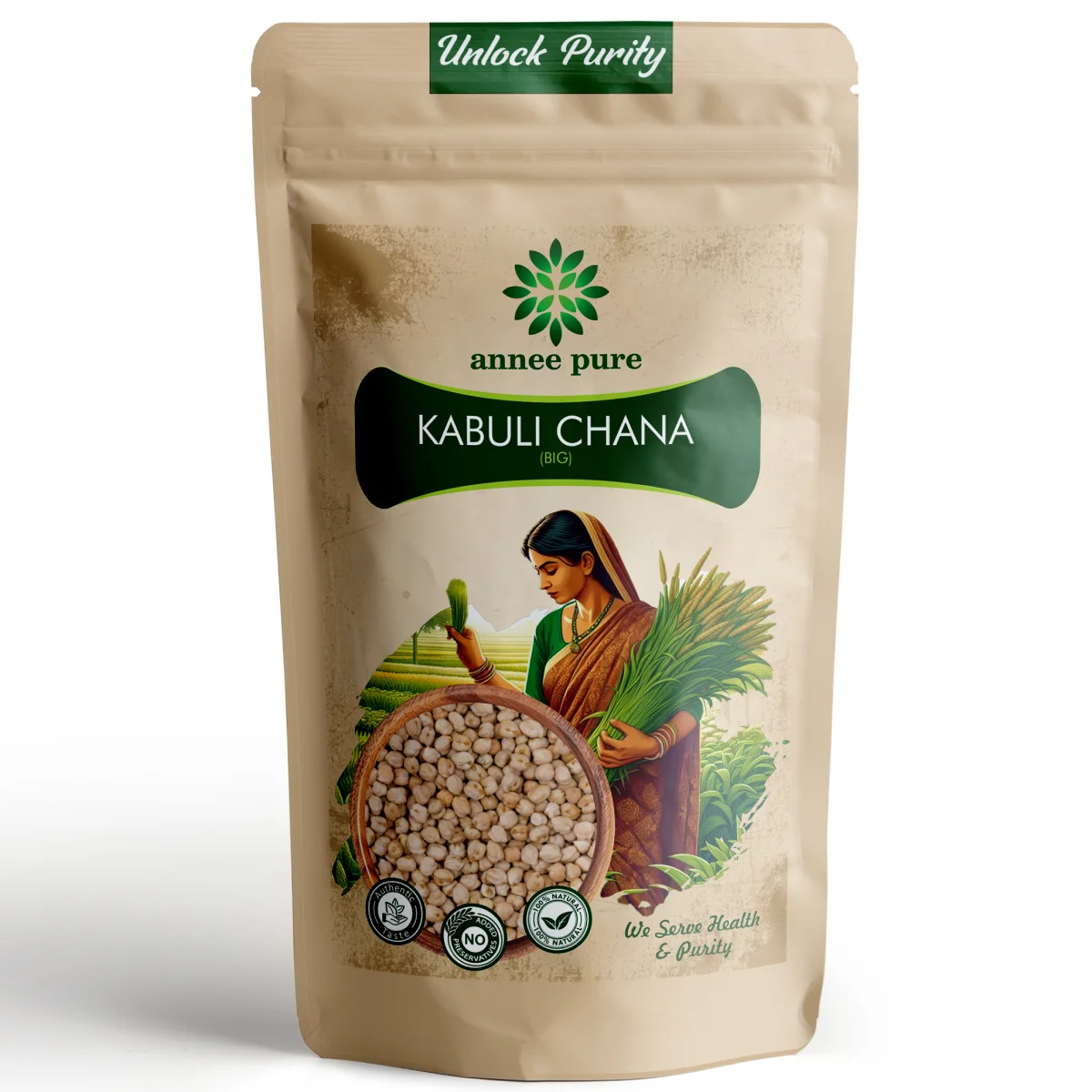
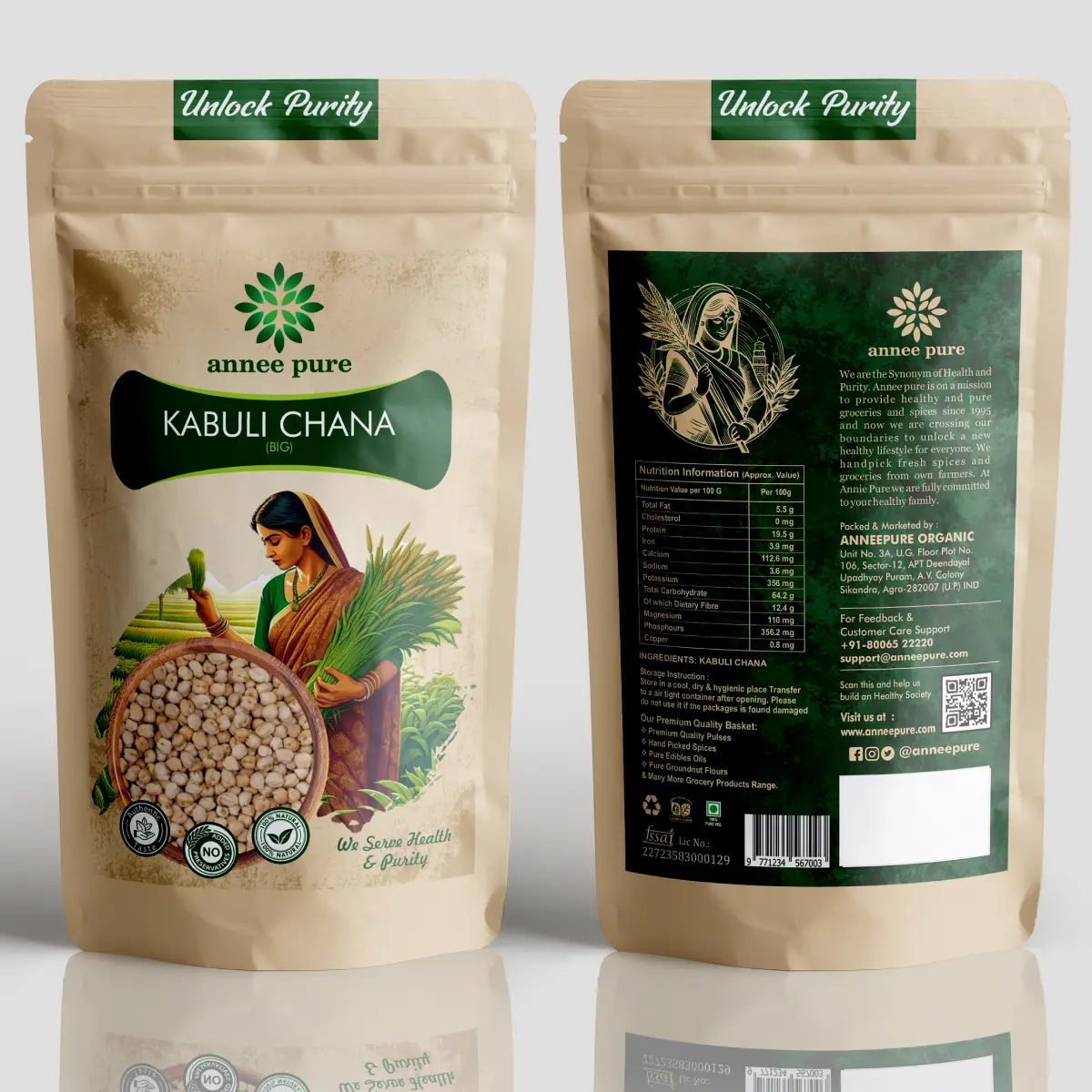


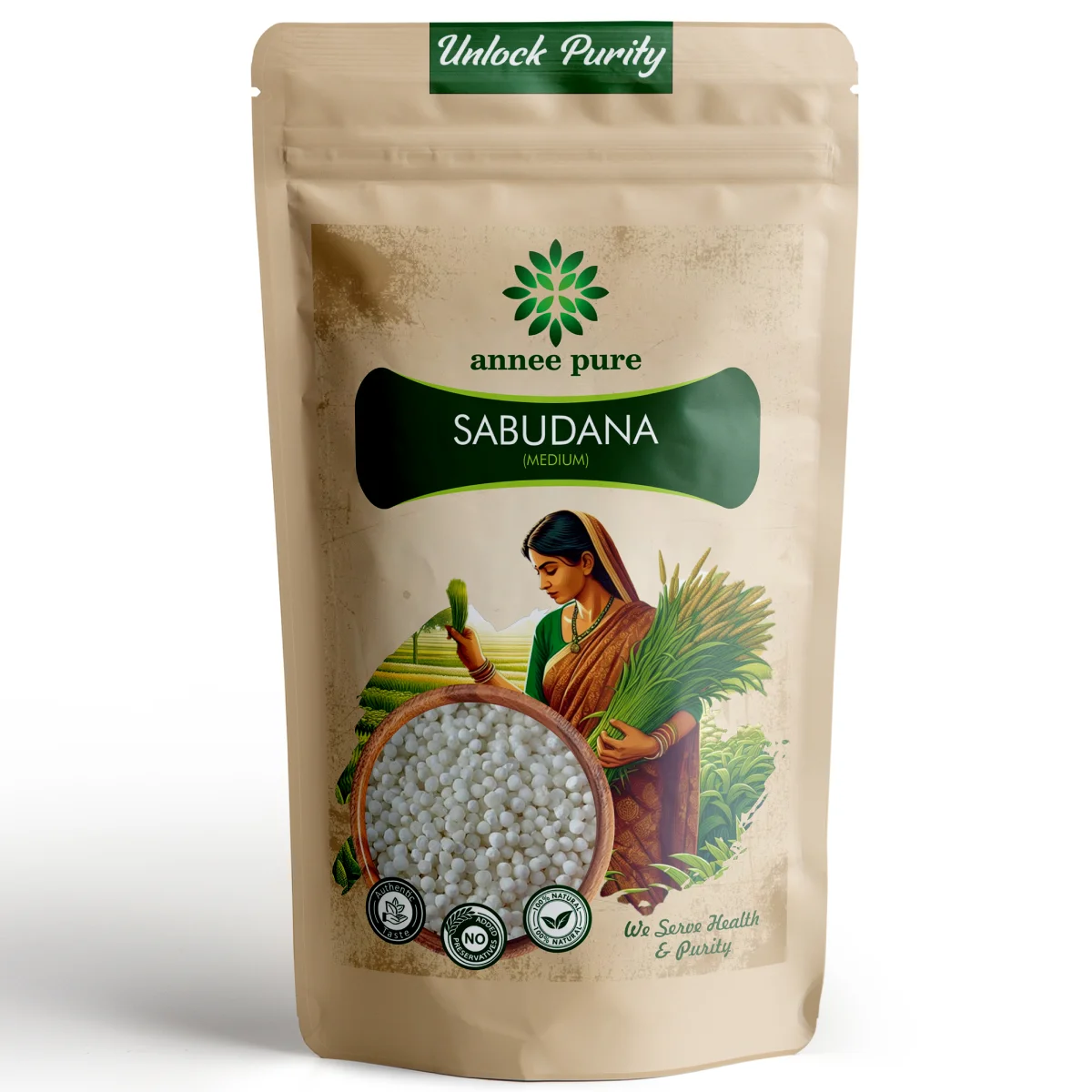

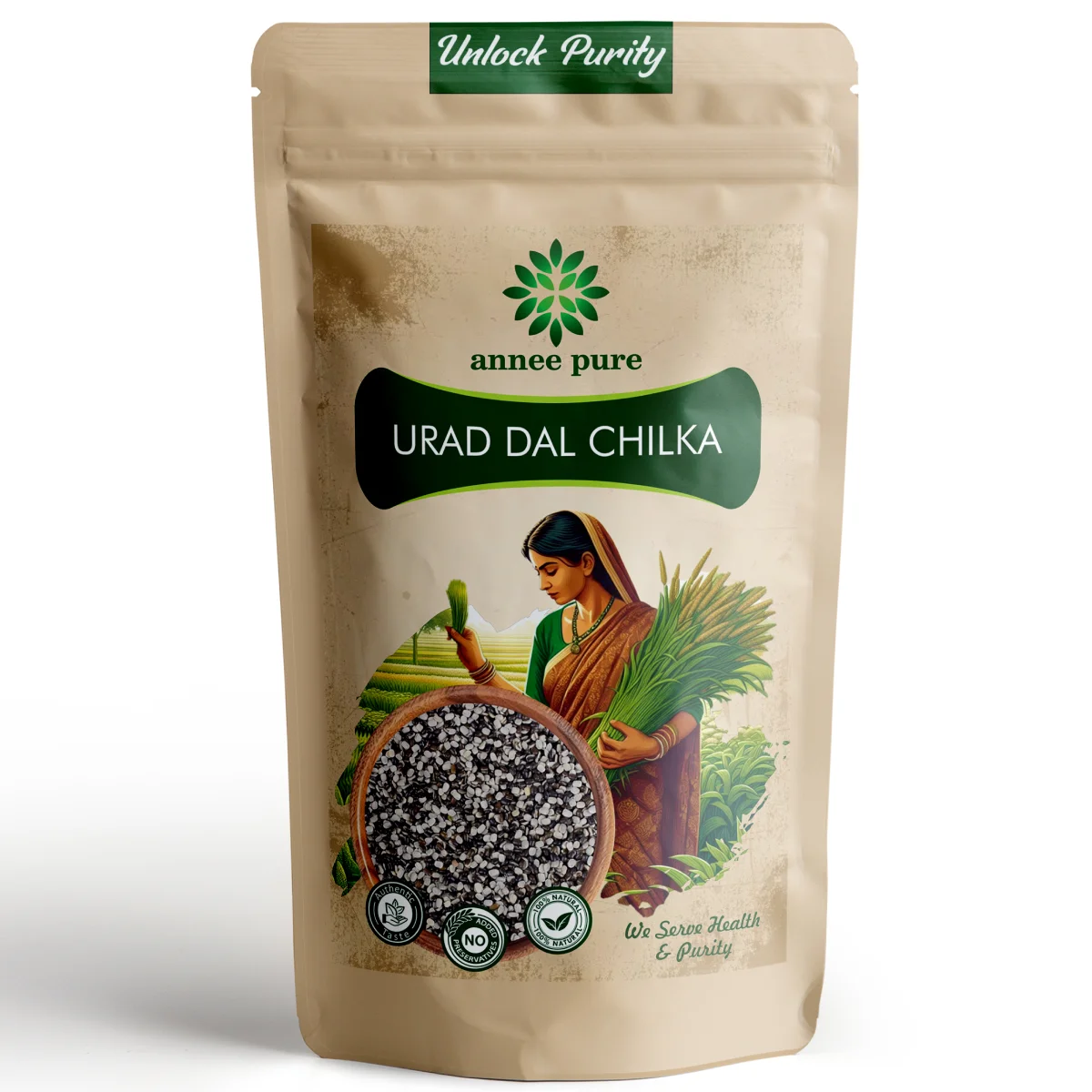

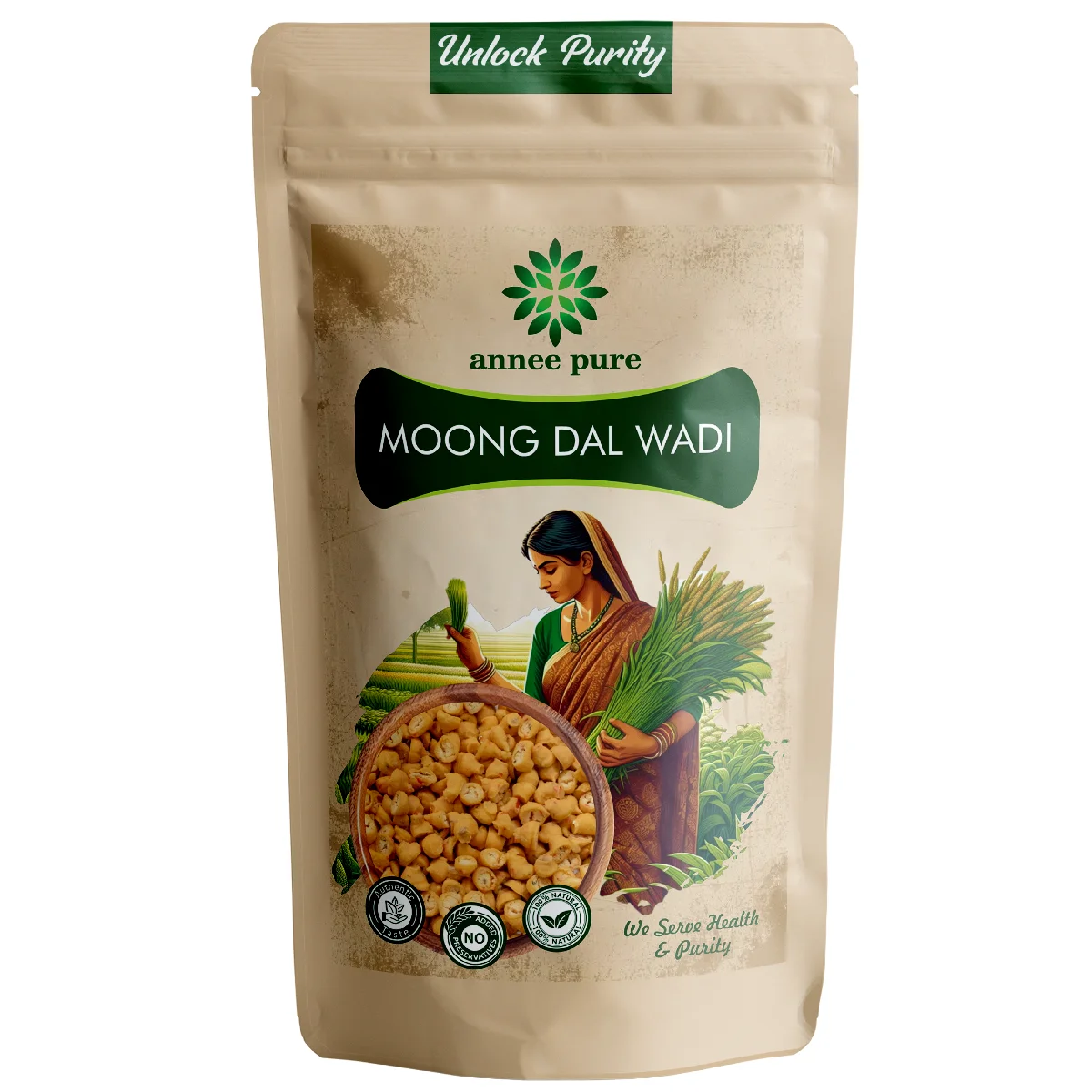



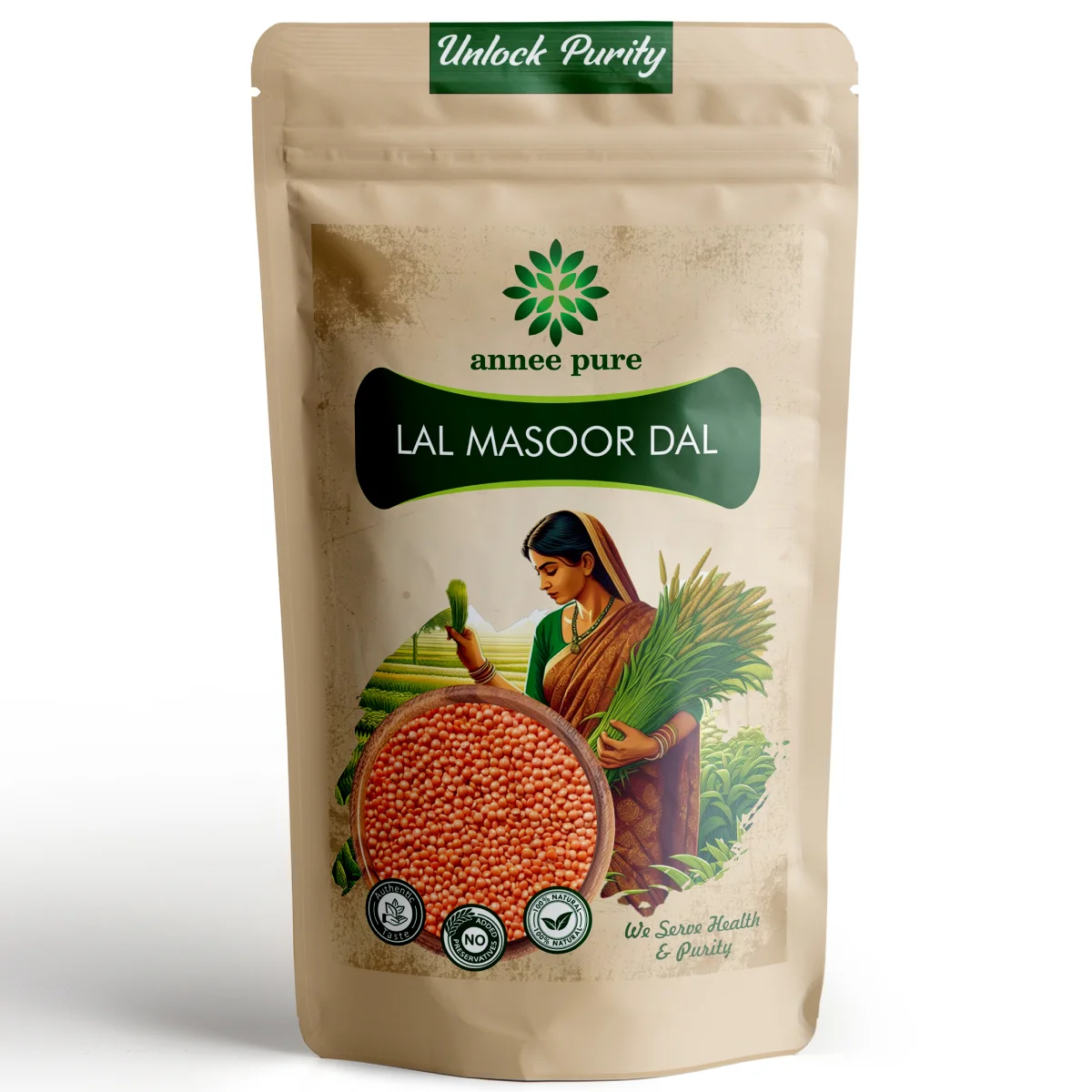

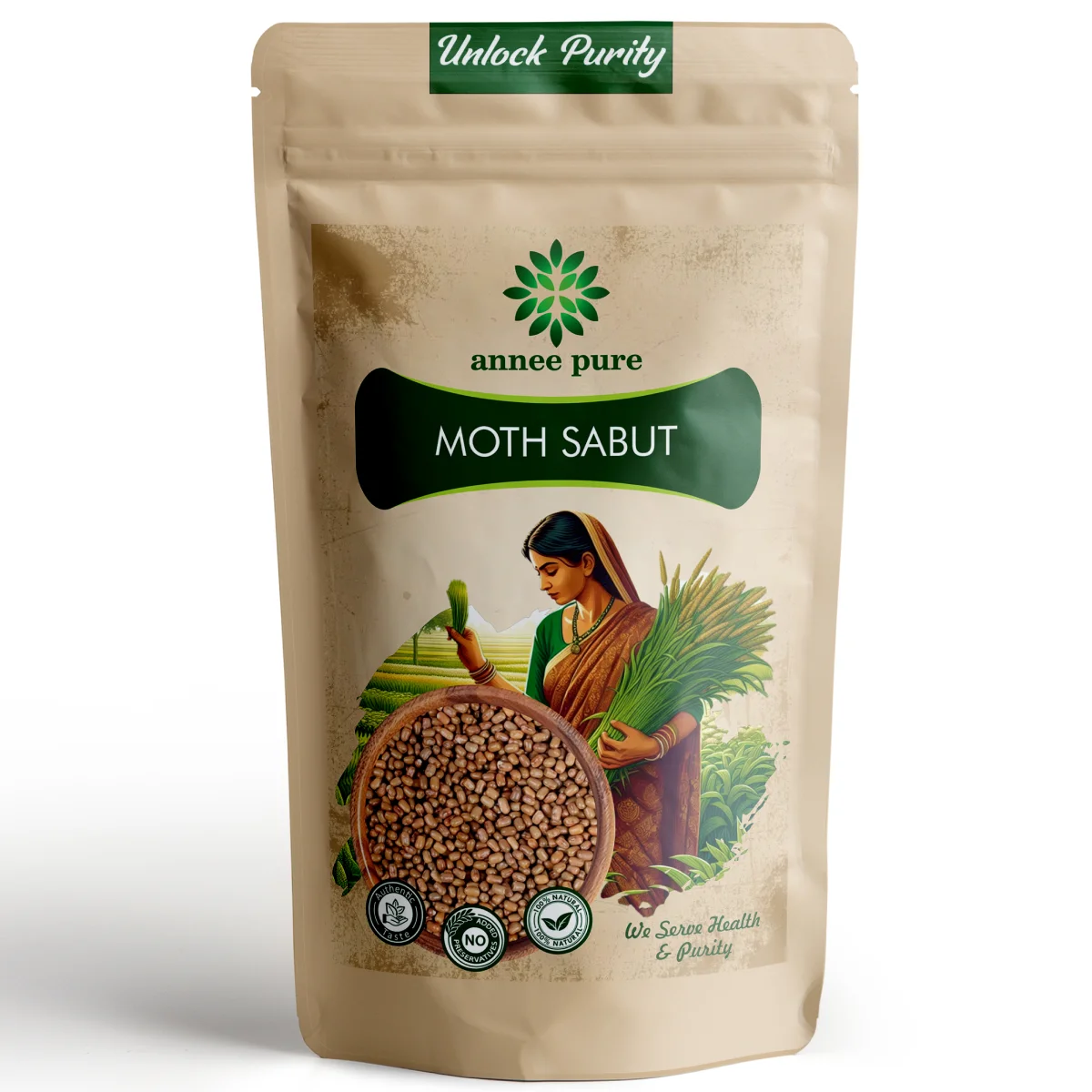


Reviews
There are no reviews yet.